Download K-2 Inquiry Guide
Each chapter below consists of 4-5 guided inquiries to help bring climate change learning to your young learners.
Contributors: Janice Haines, Nathalie Lauriault and Deborah Miller
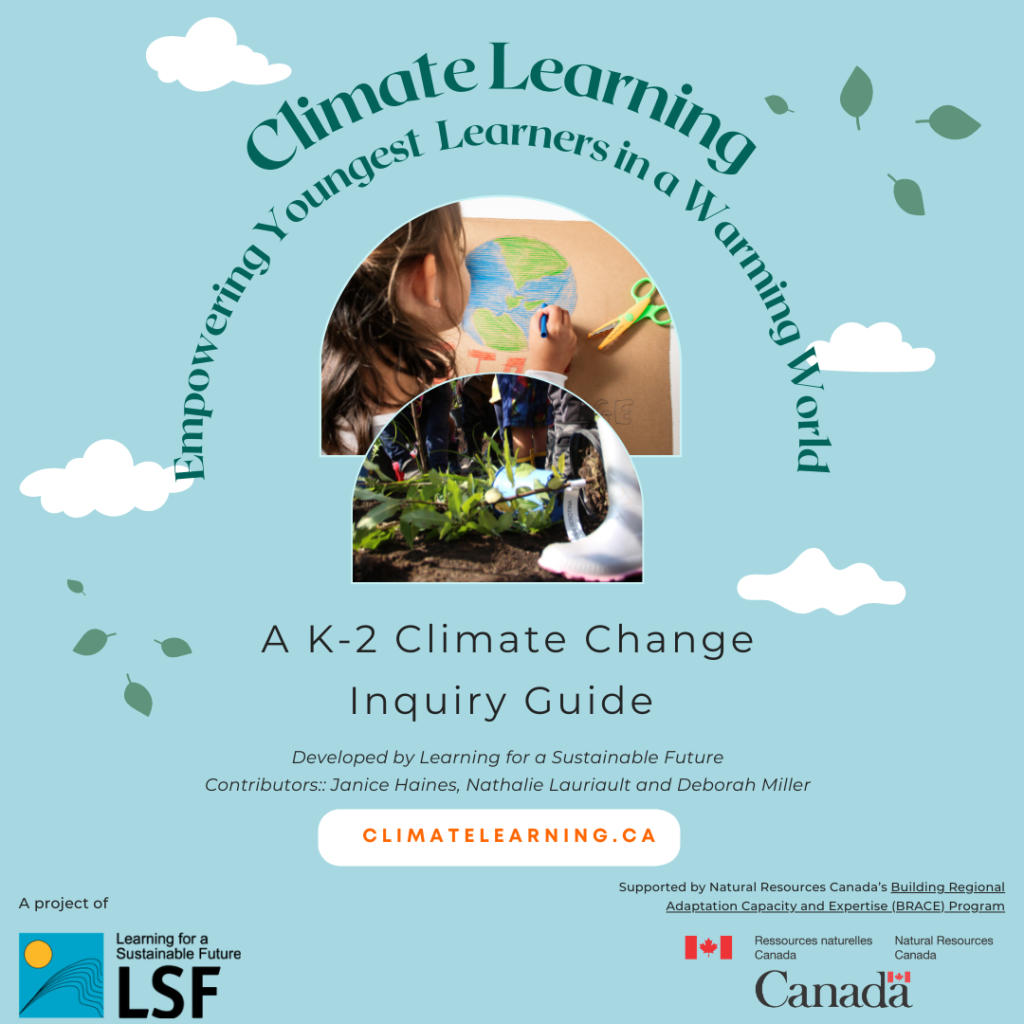
Note: This document was developed based on the Inquiry structure used in "Empowering Learners in a Warming World" curated for grades 7-12 and originally created by the LSF in collaboration with Dr. Ellen Field, Dr. Karen Acton and Jennifer Stevens. Where appropriate for younger students, some information is repeated, Active Learning Strategies are referenced, and resources are used.
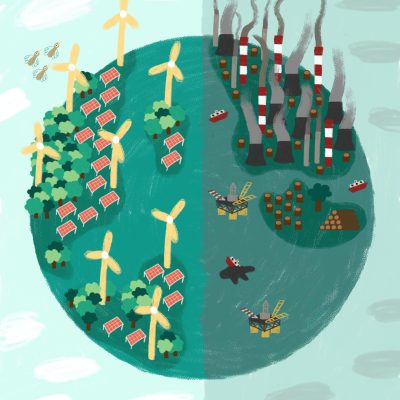
1. What is Climate Change and Why Care
In this initial inquiry, students will explore and learn about the differences between weather and climate and understand the basic scientific principles of climate change through books, videos and interpretations of an infographic. You may find there are more activities than a class can complete. We have included several suggestions so that every kind of learner will find ideas, questions and activities to explore based on their unique and diverse community characteristics and circumstances, inspiring learning that ultimately leads to action.
Background information for educators on some climate change basics including:
- Climate vs. Weather
- Greenhouse effect
- Climate Change Impacts
- Canadian’s climate change knowledge & understanding
Students will explore and learn about weather through storybooks, sensory walks and charades. They will acquire an understanding of how weather is the condition of the atmosphere in one area at a particular time.
Resources:
Students will explore and learn about climate by exploring the outdoors and through sorting activity.They will acquire an understanding of how climate is the weather of a specific region over a long period of time.
Resources:
Students will explore and learn about the difference between weather and climate and understand how climate change impacts our world. They will have opportunities to further learn by watching videos to obtain solid background information on the concept of climate change.
Resources:
2. How Does Climate Change Affect Our World?
These inquiries delve deeper into the multifaceted environmental effects of climate change. We encourage students to harness their curiosity of the local environment by examining changes to systems and through systems thinking, specifically ecosystems, biodiversity and habitat loss, or by connecting with a community expert and exploring restorative practices. We have included a multitude of external resources and guiding questions to help support and extend student research and action.
Background Information for educators focusing on the environmental effects of climate change across Canada including:
- Changes in Temperature & Precipitation
- Changes to the Cryosophere
- Changes to Freshwater Resources
- Changes in the Ocean Climate
- Biodiversity Changes in Canada
Students will be introduced to systems and how a system is made up of interdependent parts. They will discover through various activities how all the parts need to work together to create a healthy system, illustrated through different examples from all over the world and within the natural environment.
Resources:
- Bike (can be as an artifact or images Bike Parts)
- Art activity: play doh or pipe cleaners
- Put the "Quest" in Question
- This resource explains how you can use system thinking to tackle the Sustainable Development Goals. Using Systems Thinking to Tackle the Sustainable Development Goals (SDGs)
Students will explore their local community, through a neighbourhood walk, noting the systems at work that make it function. Students will also discover how they are part of systems and how they can take responsibility and make positive contributions.
Resources:
Students will explore the systems at work in a local natural habitat. Students will discover and understand the importance of how all parts of the natural world are connected and how human impacts can affect the natural system. They will be encouraged to find solutions to help the natural habitat.
Resources:
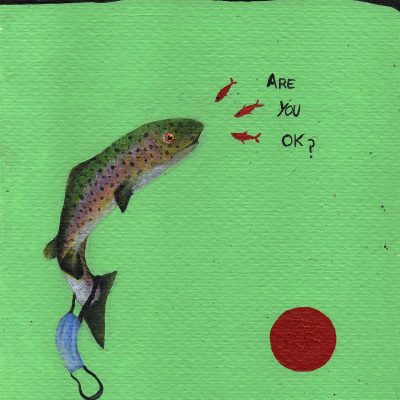
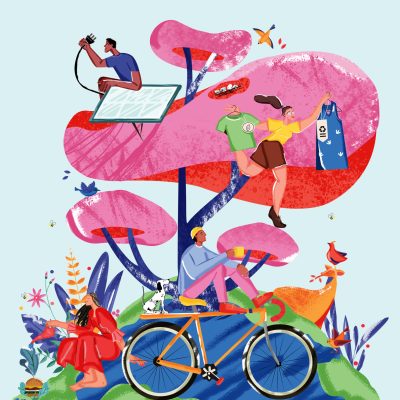
3. How Does Addressing Climate Change Make Us Healthier
This collection of inquiries explores sensitive material. It explores the connection between climate change and many facets of human health. We have included resources, activities, and information to inform educators of the serious and widespread effects that climate impacts have on physical and mental health across Canada. This inquiry also invites students to reflect and consider their own health in the face of these serious climate changes. We explore how many of the actions to reduce greenhouse gas emissions also have the co-benefit of improving our health.
Background Information for educators focusing on the mental and physical health risks and impacts of climate change.
Through open-ended discussion probes, thoughtful provocations, and several hands-on activities, this inquiry provides multiple directions for educators to take as human health and climate change are explored side by side.
Through yoga exercises, observing nature and understanding the importance of keeping our planet earth healthy, students will explore the concepts of health and its benefits.
Resources:
- Possible Pictures for Concept Maps
- Frames: These can be made out of cardboard or cereal boxes
- Happy vs. Sad Earth Sorting Activity
Students will explore idling and its impact on our health. Through games, observations and collection of data, students will educate other students or the community about anti-idling.
Resources:
Students will further explore how climate change impacts water pollution. This will be investigated through observing and analyzing environmental impact.
Resources:
Students will further explore how climate change impacts food security. This will be investigated through experiments,observing images of environmental impact and videos.
Resources:
4. It's Easy Being Green
This inquiry explores green energy, the difference between needs and wants as well as the importance of becoming a climate champion.
The background information for this chapter delves into the future of careers in climate change: the green economy & climate opportunities.
What do children need to survive and live a healthy, happy life? The activities in this inquiry help students distinguish the difference between the things they want and the things they need.
Resources:
Students will explore innovations in alternative energy, learn how they function and understand their benefits. They will explore their environment and understand how changes can be put in place to improve the energy system. Students will then create a machine that can help the environment. They will be given choices and encouraged to design and build their prototype.
Resources:
Poster:
Videos:
- 100% Renewable Energy
- Worlds Largest Lesson – Emma Watson Introduction | Global Goals
- 5 inventions changing the world! | Explore | Awesome Activities & Fun Facts | CBC Kids11 Kid Inventors Break Down Their Greatest Inventions | The New Yorker Engineering Design Kindergarten Science
- Seed Launching Backpack, a 3D-printed, pollinator-friendly invention | The Kid Should See This
Worksheets:
Website:
How to get students thinking about being “green”. Students will explore how a simple act can have a ripple effect and change and help their world.
Resources:
- Sesame Street: It’s Not Easy Being Green (Kermit’s Song)
- Kermit the Frog – It’s Not Easy Being Green Lyrics
- https://www.earthrangers.com/
Books:

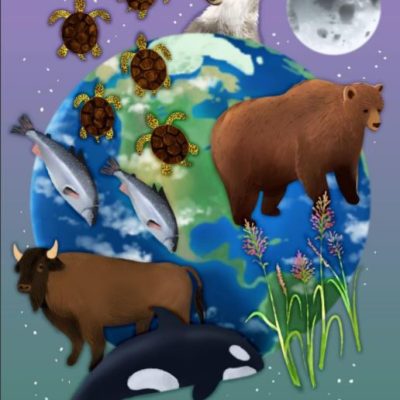
5. Indigenous ways of knowing
This inquiry looks at how Indigenous peoples’ traditional knowledge, skills and practices, passed down from generation to generation, play a vital role in understanding climate action. Indigenous peoples have been, and are leaders, of climate action; their roles in monitoring climate change impacts and the environmental effects on their traditional lands and waters play a critical part in our fight against climate change.
The background information in this chapter explores how Indigenous peoples have lived sustainably with the Land for countless generations. We need to listen carefully to better understand how Traditional knowledge, and its application, contribute to environmental sustainability and planning for the future.
Students learn the importance of observing and living in relationship with the natural world through the wonders of the seasons. Relationship to the seasons and seasonal cycles are foundational to many Indigenous People. Indigenous knowledge passed from generation to generation is continuously shifting because of the changes in the seasons caused by climate change.
Resources:
- Book – Read aloud Mii maanda ezhi-gkendmaah/This is how I know or watch online
This inquiry will introduce students to environmental sustainability and present the Indigenous people’s way of life and respect for the land. Students will learn how Indigenous knowledge teaches us about sustainable harvesting and how Mother Earth provides. This knowledge is passed from generation to generation and continues to change as time passes, and new learning occurs.
Resources:
- Lessons from Mother Earth by Elaine McLeod and Colleen Wood
This inquiry examines Indigenous people’s way of life and respect for the land. The activities explore the role of Elders and Knowledge Keepers and the importance of caring for Mother Earth.
Resources:
- Create a provocation table indoors or outdoors